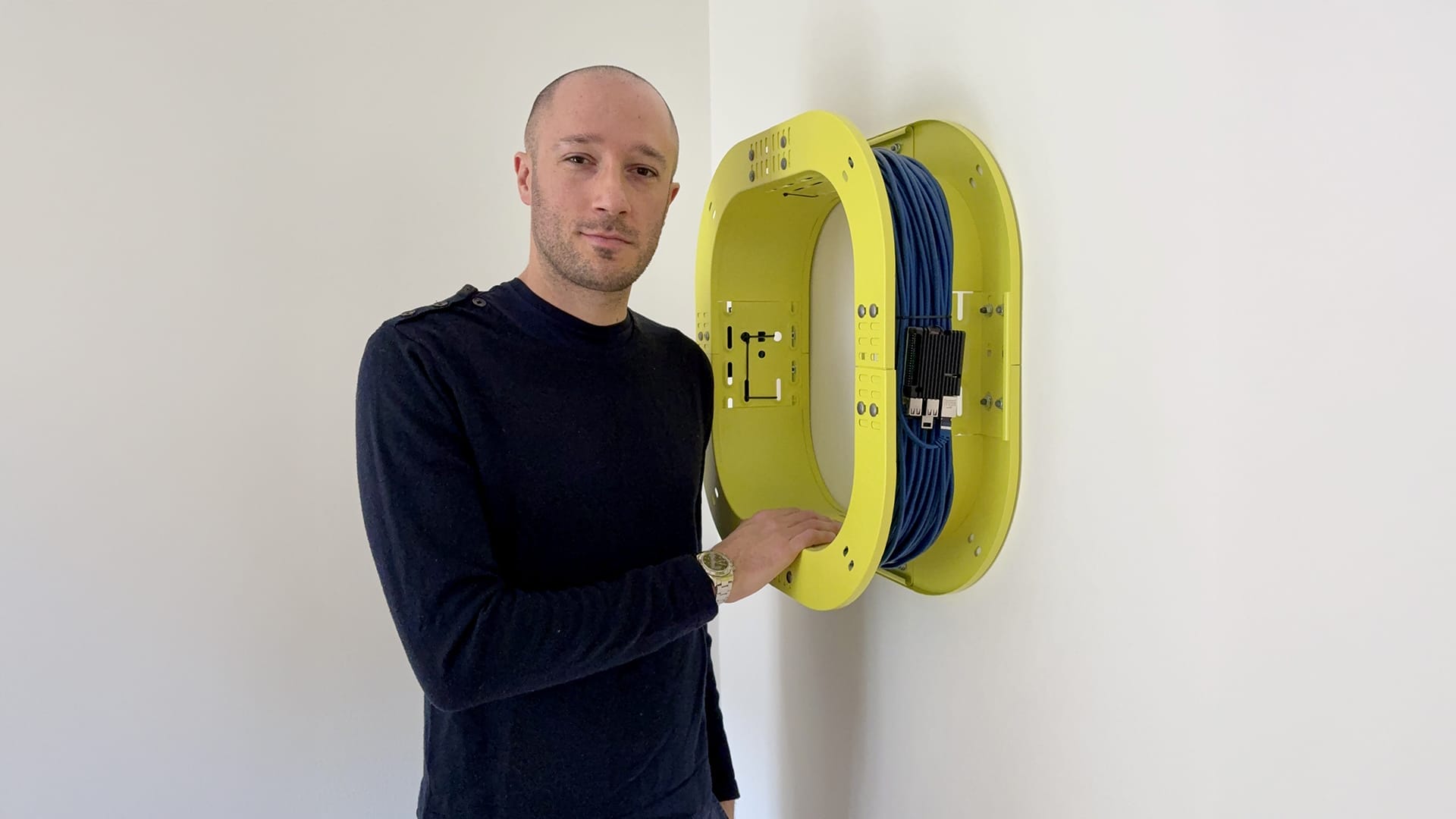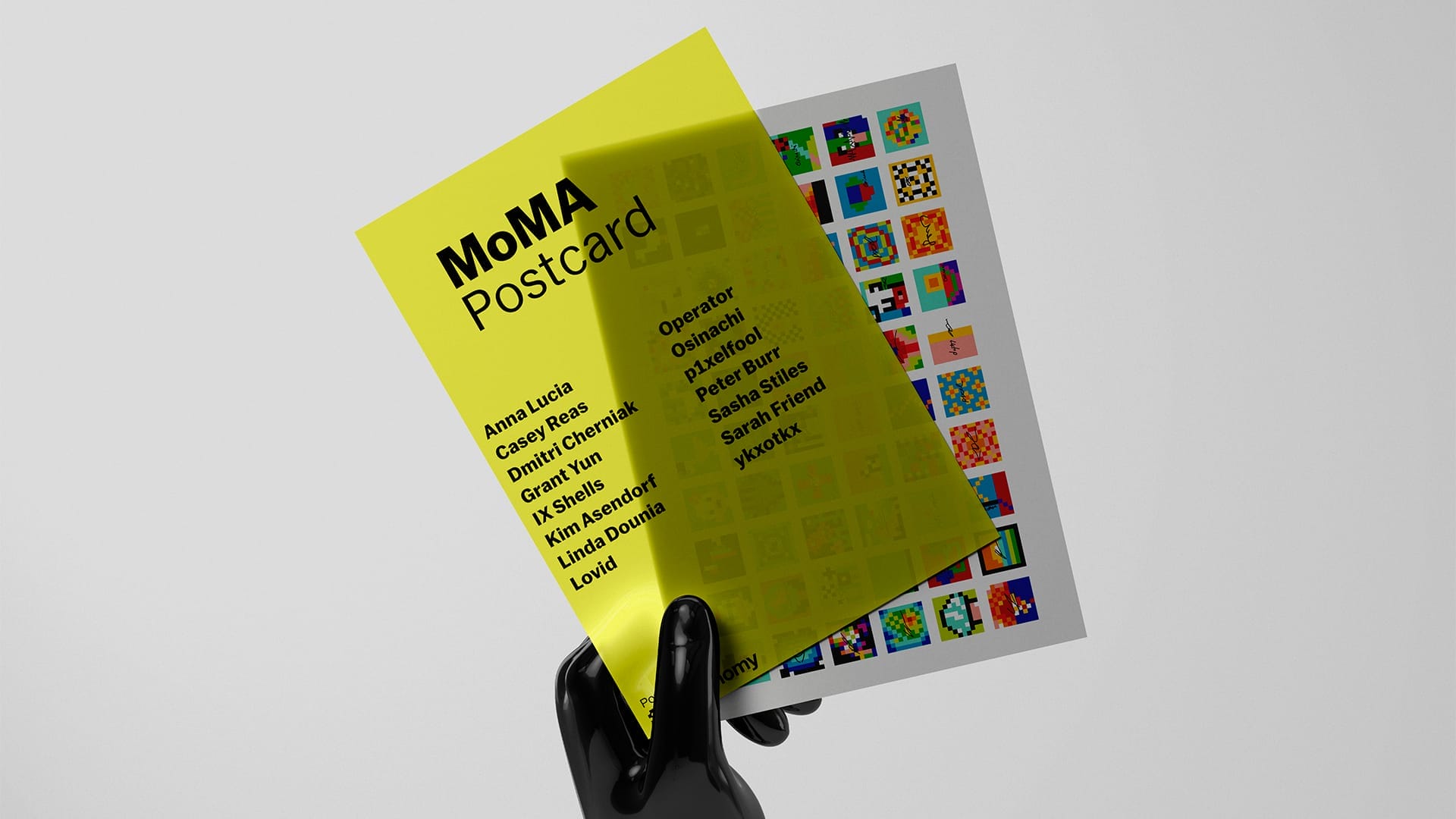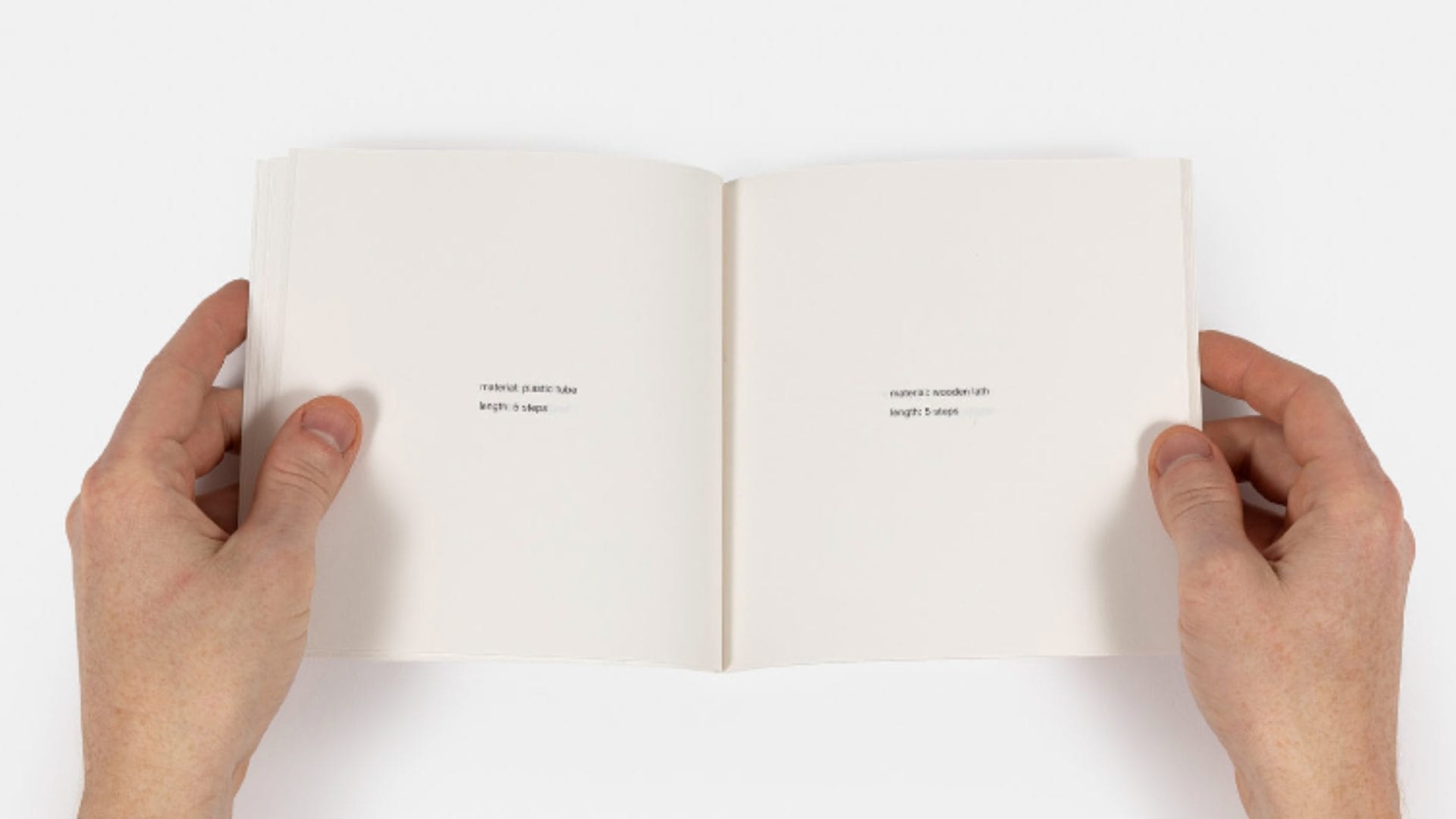
Stanley Brown: The Enigma of Presence and Absence
In the expansive terrain of contemporary art, few figures are as simultaneously visible and invisible as Stanley Brown. His legacy, built on a foundation of absence, challenges the very notion of what it means to be an artist in the 20th and 21st centuries. Brown’s work, a radical embrace of the conceptual movements of the 1960s, prioritizes ideas over form, disappearance over presence, and anonymity over fame.
This enigmatic approach leaves a trail of questions about identity, authorship, and the essence of the creative act. Brown never shows up at his own exhibitions; his works seldom capture his likeness or personal narrative, propelling the art itself into the forefront—pure, unadulterated by the bias of its creator’s biography. In a world increasingly obsessed with the personal, with every detail of life documented and displayed, Brown’s choice to remain a shadow figure is both a radical act and a statement. What does it mean to encounter an artist solely through the absence they orchestrate? How does one navigate the void left by their deliberate withdrawal? This article seeks to unravel the mystery of Stanley Brown, delving into the spaces between the seen and the unseen, the known and the unknowable.
![Stanley Brouwn, THIS WAY BROUWN, 1964 [Walker Art Center, Minneapolis, MN]](https://ejz2x5ppb98.exactdn.com/wp-content/uploads/2024/05/tumblr_75e3d8d2df326fe3ee63dde52c76f96c_7b5c061b_1280.jpg?strip=all&lossy=1&ssl=1)
Invisibility as Method: The Radical Erosion of the Artist’s Persona
The concept of the invisible artist is not merely a passive act of withdrawal; it is an active, radical intervention into the discourse of art itself. Stanley Brown’s deliberate choice to remain unseen challenges the traditional artist-audience relationship and questions the necessity of the artist’s physical presence in the appreciation and interpretation of their work. His invisibility is a form of resistance, a critique of the art world’s often voyeuristic obsession with the personal lives of its creators.
Brown’s invisibility is not about the lack of physical presence but rather about the strategic removal of the self from the narrative of art. It forces the audience to engage with the art devoid of preconceived notions about the creator’s identity or intentions. This absence is filled with the audience’s interpretations, experiences, and interactions, making each encounter with his work a unique co-creation between the artist and the observer.
The radical erosion of the artist’s persona began with Brown’s earliest experiments. In the 1960s, as the art world burgeoned with pop art and minimalism, Brown took a different route. He filled transparent polythene bags with rubbish and suspended them from ceilings—an unambiguous statement that art could literally be anything and come from anywhere. These early pieces challenged the necessity of traditional art materials and questioned the boundaries of art and waste.
Perhaps more significantly, Brown’s “This way Brouwn” series further dismantled the artist’s persona. By asking passers-by to draw maps and then stamping them with “This way Brouwn,” he made the public unwitting collaborators in his artistic process. These pieces were not just about the directions they depicted but about the interaction, the moment of connection between the artist and the stranger. Here, Brown’s absence was a space he created for others to fill, making his work simultaneously personal for the participants and abstract in its collective anonymity.
In exploring these ideas, Brown did not simply erase his identity; he expanded the concept of what an artist could be. He was no longer a singular creator but a facilitator of experiences, a curator of interactions that existed only because of his orchestrated absence. This method, radical in its simplicity, posits that the essence of art can lie in the spaces we cannot see and the voices we do not hear. As we delve deeper into Brown’s career, we uncover not just an artist who chose to disappear but a provocateur who asked us to see the world—and art—in radically new ways.
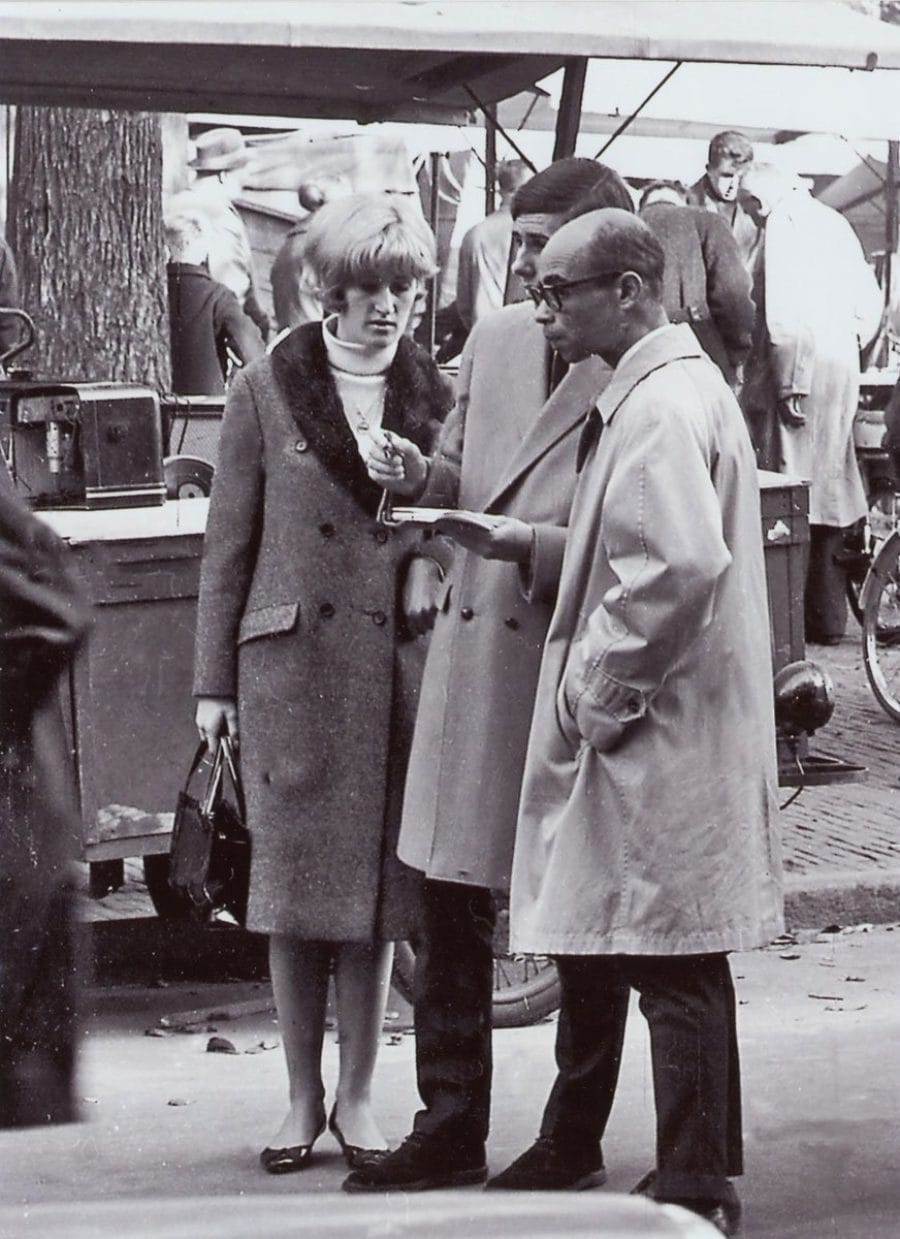
The Everyday as a Field of Action
In the artistic universe of Stanley Brown, everyday objects are not merely debris of daily life, but vehicles for deeply rooted conceptual artistic expression. This approach directly confronts traditional notions of art, paving new paths for exploring meaning and artistic value. Brown, equipped with a radical sensitivity to the creative potential of the ordinary, transforms waste, casual passages, and spontaneous interactions into artworks, thereby questioning the boundaries between art and non-art.
Early in his career, Brown explored the idea of refuse as an artistic medium. He would fill clear polyethylene bags with discarded objects and hang them from the ceiling, challenging conventional expectations of what could be considered art. These early installations not only critiqued the rampant consumerism of society but also offered reflections on the life cycle of everyday objects, elevating the mundane to the status of artwork.
The Art of Participation: The Street as Studio
The real turning point in Brown’s approach was the series “This way Brouwn,” in which he engaged passersby by asking them to draw directions on a piece of paper. These directions, once stamped with “This way Brouwn,” became artworks that reflected a fusion of anonymous personalities and conceptual abstraction. This process not only decentralized the role of the artist but also transformed the random act of drawing a map into a creative event, elevating the pedestrian to co-author of the artwork.
Through his practice, Brown challenged the very notion of authorship, replacing the figure of the artist with that of an orchestrator of experiences. His works were not objects to be admired, but processes to be lived; they were not just to be seen, but to be done. This ongoing dialogue between the work and its audience highlighted the intrinsic democracy in Brown’s art, which saw the audience not as mere spectators, but as integral parts of the creative process.
In Brown’s art, ambiguity serves as a critical tool. The maps drawn by passersby, for example, might not have a precise destination, reflecting the often uncertain and fluid nature of everyday life. This leaves room for personal interpretation, inviting each viewer to find their own meaning in the work, a meaning that can be as much influenced by personal experiences as by momentary interaction with the art itself.
Stanley Brown’s work on space and identity stands out for its ability to merge art with everyday life, prompting observers to question their relationship with the surrounding environment. His works, often involving the active participation of the audience, explore cartography not only as a geographical representation but also as a process of personal and collective discovery.
Brown transforms the act of walking, one of the most everyday and personal activities, into an artistic experience that invites reflection. His series of works focused on walking, such as those where passersby become unwitting co-creators of art by stepping on sheets of paper laid on the sidewalk, elevate simple daily actions to moments of artistic creation. These “imprints” capture not only physical movement but also the passage of time, storing the essence of human randomness and spontaneity.
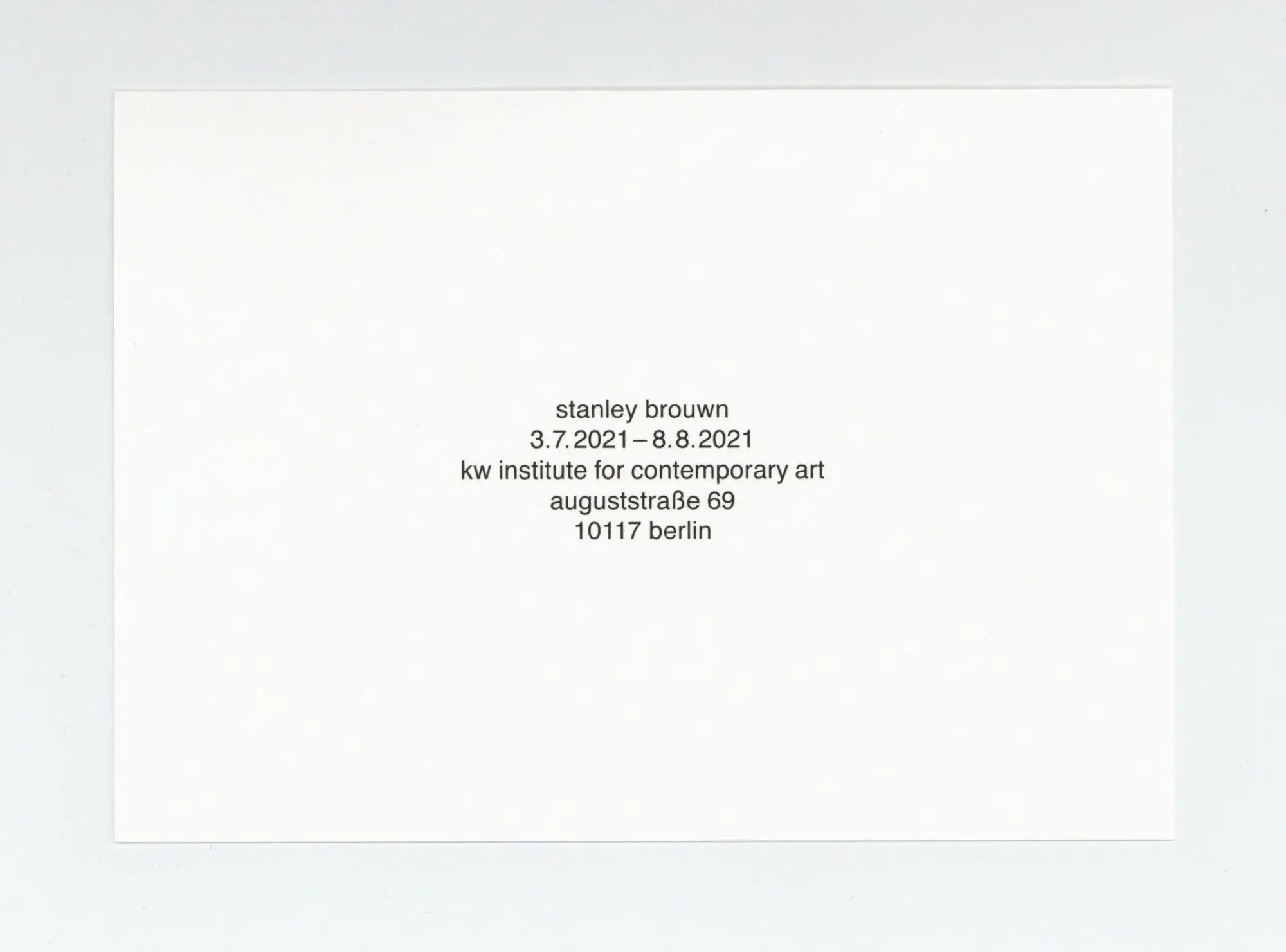
Dematerialization and Dissolution in Space
One of the most intriguing aspects of Brown’s work is his exploration of the dematerialization of the self through art. Through his series “This way Brouwn”, where directions provided by passersby are transformed into artworks with his stamp, Brown explores how personal identity can be both absent and omnipresent. These works do not just represent physical routes; they are also maps of human interaction, testimonials of a moment shared between the artist and the stranger.
The anonymity in Brown’s works is not just a stylistic feature; it is a means to investigate the tension between individuality and collectivity in art. This approach allows viewers to project their own interpretations and experiences onto the work, turning every interaction into a unique and personal experience. In this way, Brown not only challenges the traditional notion of the author but also that of the spectator, promoting a more active and personal participation.
Reconfiguration of Urban Space
Brown’s artistic practices often reconfigure urban space, transforming it from a mere backdrop to a principal actor in art creation. Through the use of maps, directions, and random interactions, he invites observers to reconsider their everyday environments as spaces rich with artistic potential. This not only changes the perception of space but also enriches our understanding of how we, as individuals and communities, occupy and experience these spaces. In conclusion, Brown’s work on navigating space and identity offers a profound meditation on how we can perceive and interact with the world around us. His unique approach to art, which intimately links the artwork with the daily lives of viewers, remains a provocative challenge to artistic conventions and a celebration of the human experience as a whole.
Today, in the era of hyper-connectivity and digital visibility, finds in Brown a crucial reference point for reflecting on privacy, anonymity, and the ephemeral nature of the artwork.
Art in the Age of Digital Traceability
Today’s conceptual art must navigate an environment where every gesture, even the most isolated, can be immediately documented and shared on global platforms. The anonymity pursued by Brown thus becomes an even more provocative and significant utopia, challenging contemporary artists to reflect on how to maintain conceptual integrity in a world where everything is visible.
Artists following in Brown’s footsteps often grapple with the challenges of environmental and social sustainability. His practice of using ephemeral and everyday materials inspires new forms of eco-conceptual art that seek to minimize environmental impact while maximizing social and cultural impact. This evolution shows how Brown’s legacy extends beyond the boundaries of pure artistic form to include urgent issues of responsibility and activism.
Brown’s absence is not merely a tactic to evade attention; it is also an invitation to fill the void with new interpretations and meanings. Emerging artists find in this a powerful tool for creative freedom, using absence to explore themes of memory, forgetfulness, and the role of the unsaid in art.
The art that emerges in this context often challenges our expectations and expands the possibilities of what art can communicate and how it can do so.
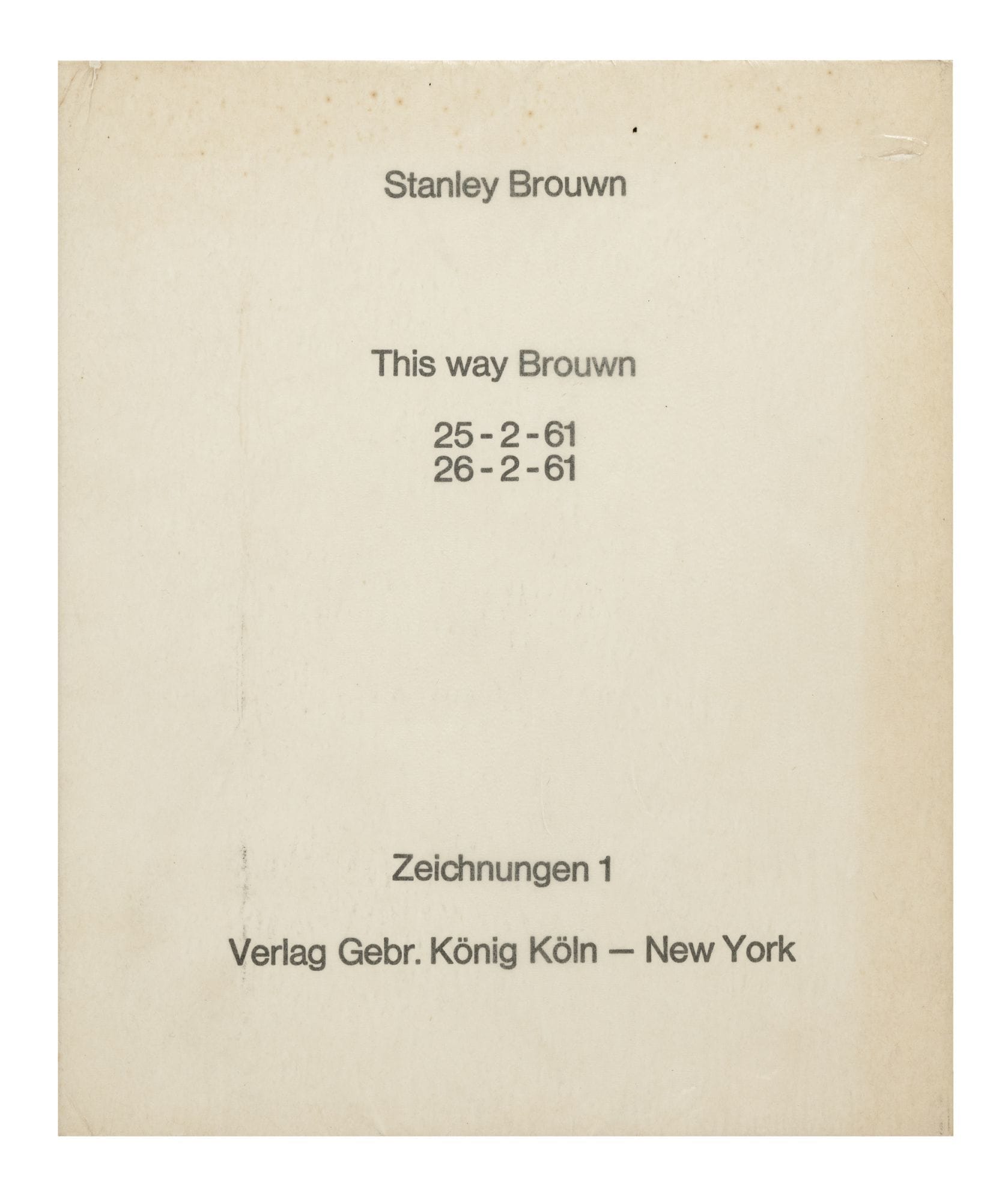
Future Perspectives
Looking to the future, Brown’s impact on the art scene continues to manifest in surprising ways. His emphasis on art as a process rather than a finished product provides a robust model for artistic explorations that value experience and interaction over mere aesthetics. This opens new avenues for conceptual art, where audience participation and engagement become central, transforming the observer from a passive spectator to an active participant.
Stanley Brown’s legacy is that of a pioneer who explored the extreme boundaries of conceptual art, leaving an indelible mark on the fabric of modern art. The issues raised by his works continue to resonate powerfully, prompting artists, critics, and art lovers to continuously question the meaning and role of the artist in contemporary society.
fakewhale
Founded in 2021, Fakewhale advocates the digital art market's evolution. Viewing NFT technology as a container for art, and leveraging the expansive scope of digital culture, Fakewhale strives to shape a new ecosystem in which art and technology become the starting point, rather than the final destination.
You may also like
Collector’s Frame #1: LORENZO PERINI NATALI
With this first chapter, we are launching a new editorial series by Fakewhale, entirely dedicated to
Fakewhale in Dialogue with Matteo Cantarella
On the occasion of this conversation with Matteo Cantarella, founder of the eponymous gallery in Cop
MoMA Postcard: Creative Dispatches on the Blockchain
Amidst a contemporary art scene increasingly bridging with the digital realm, the Museum of Modern A

